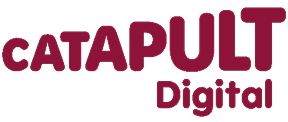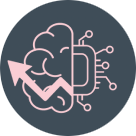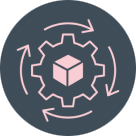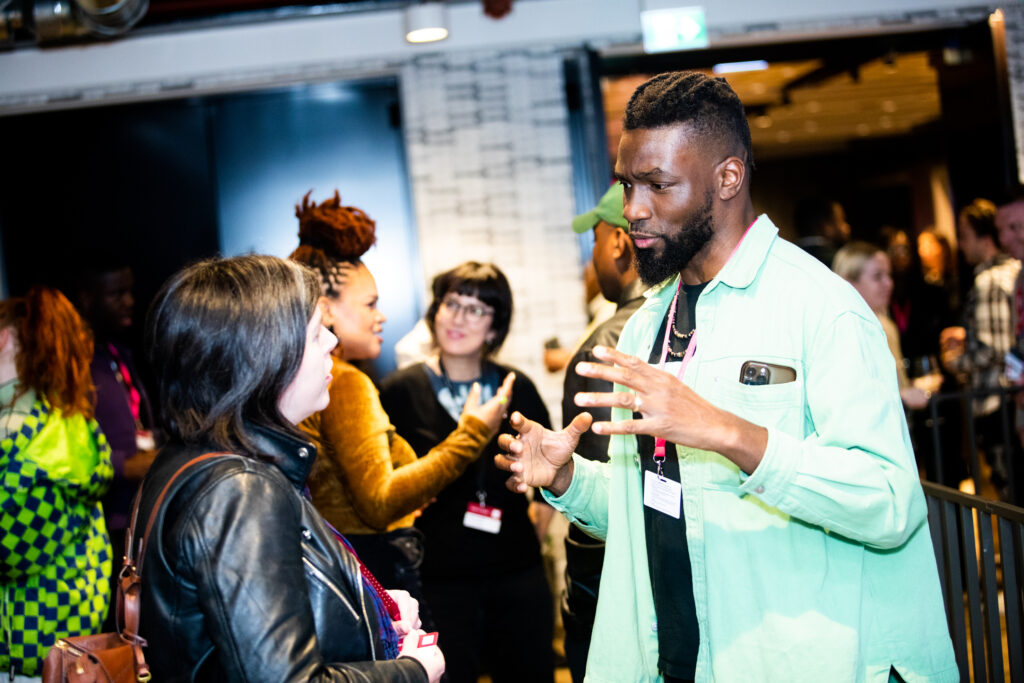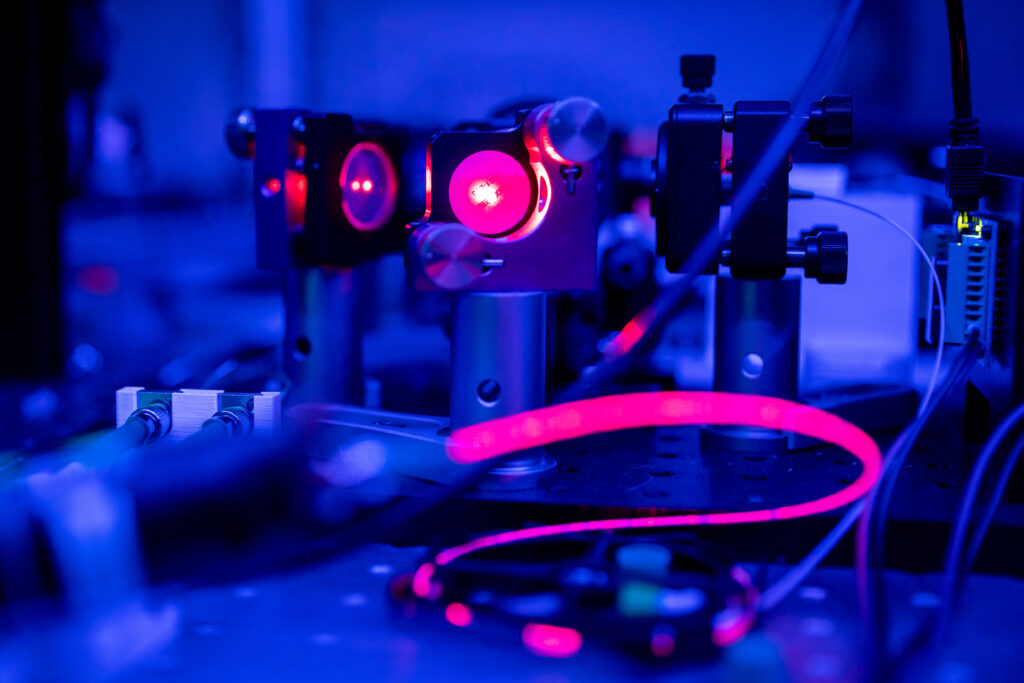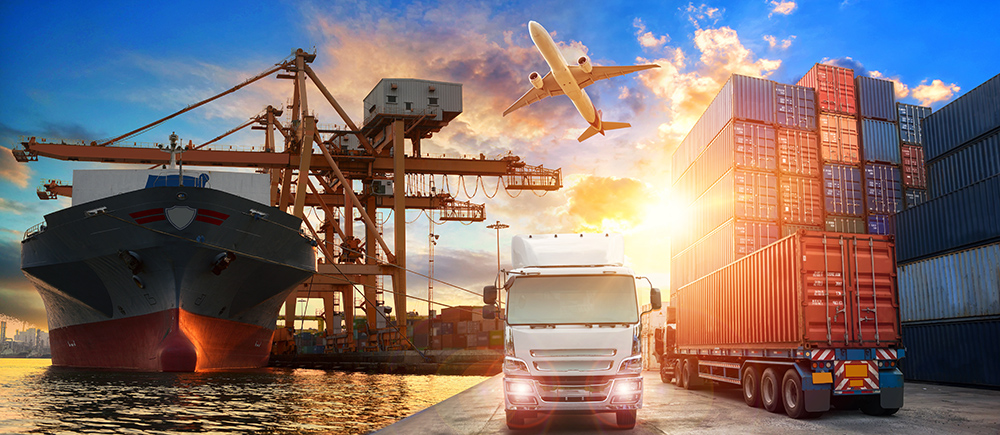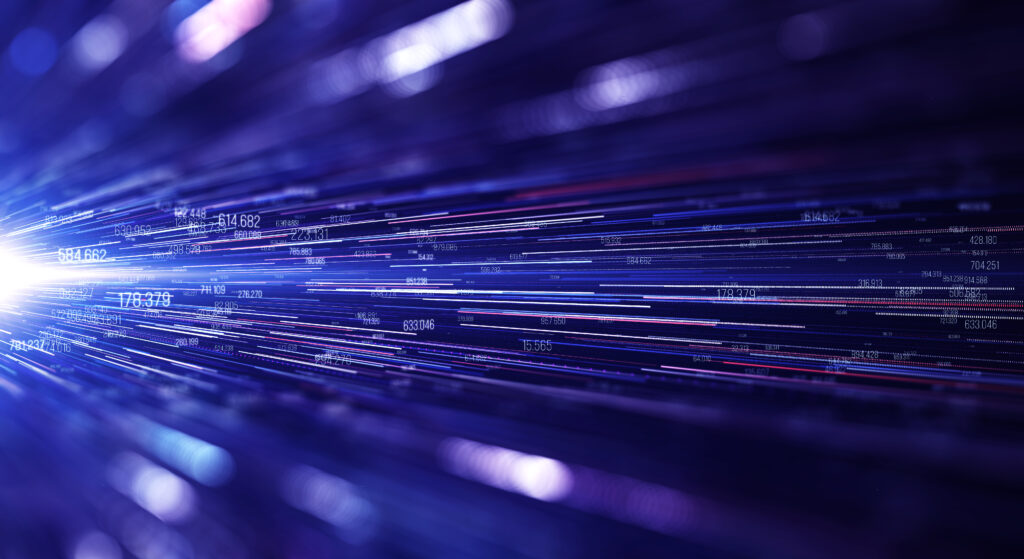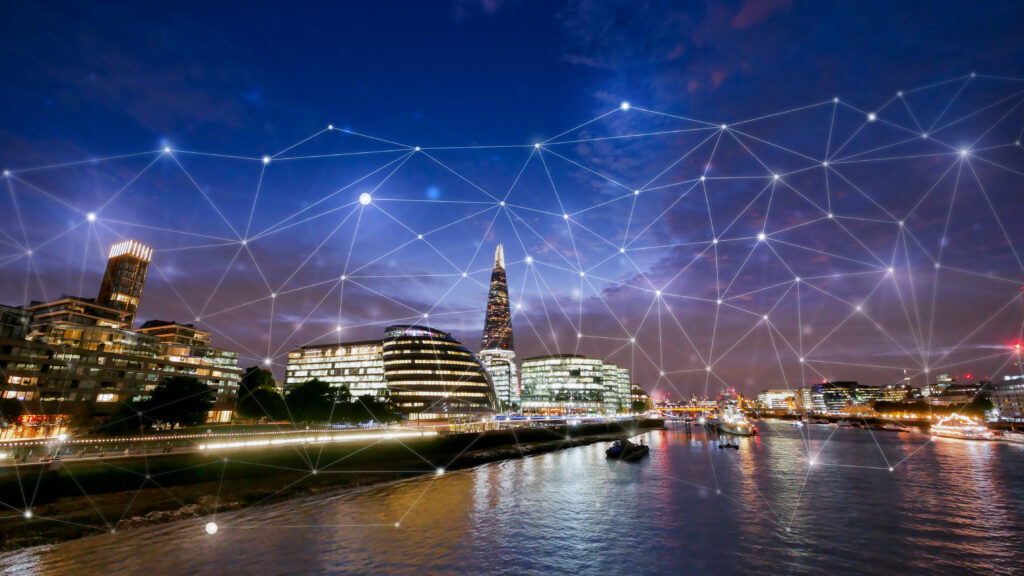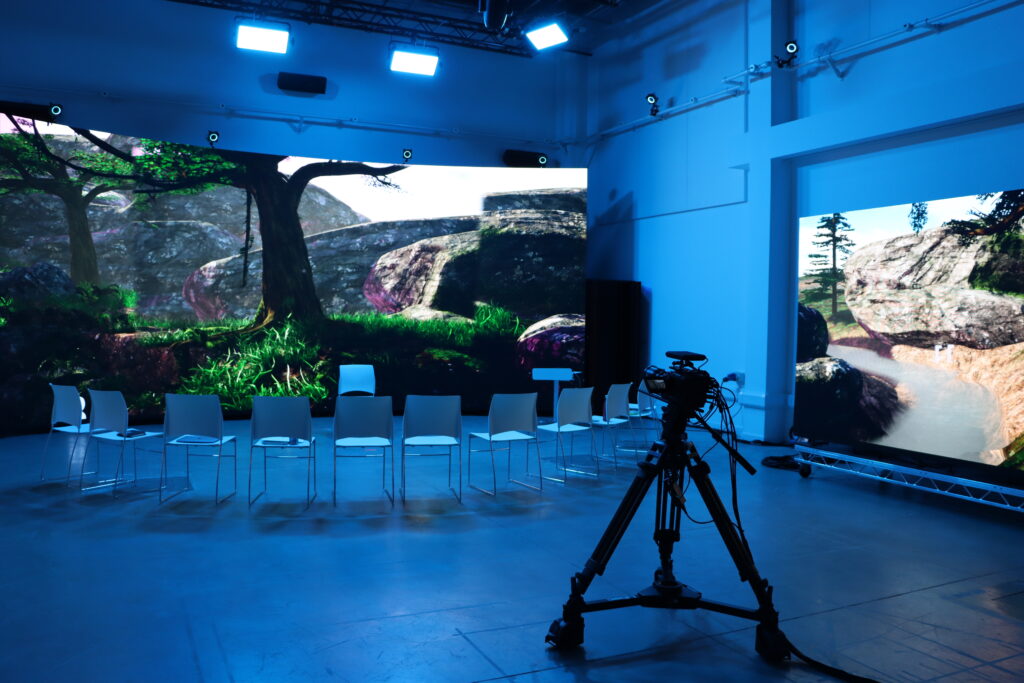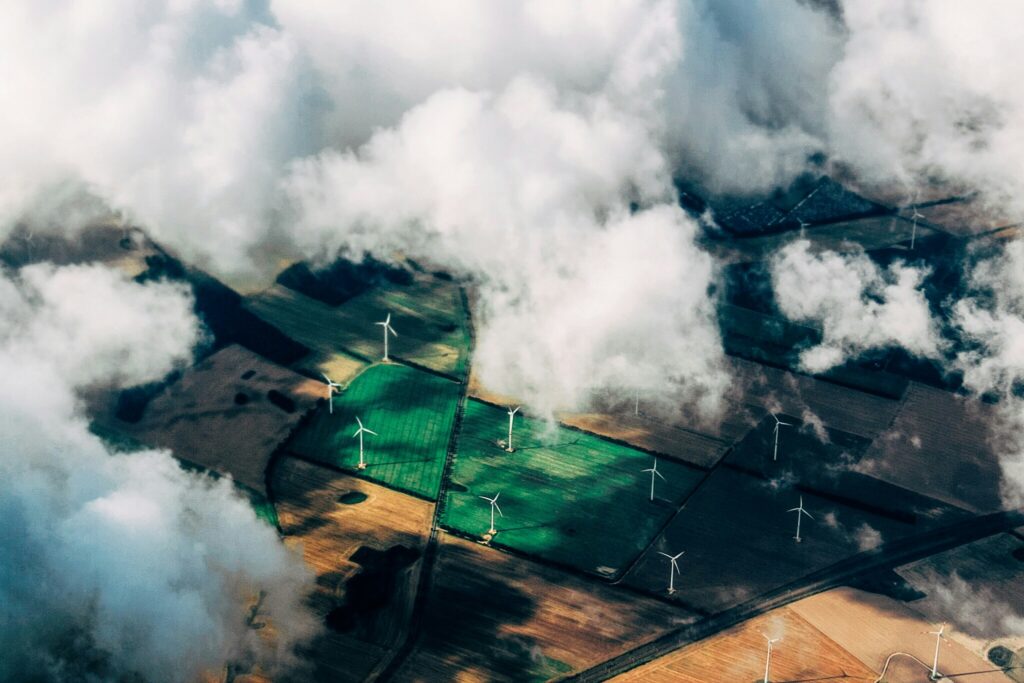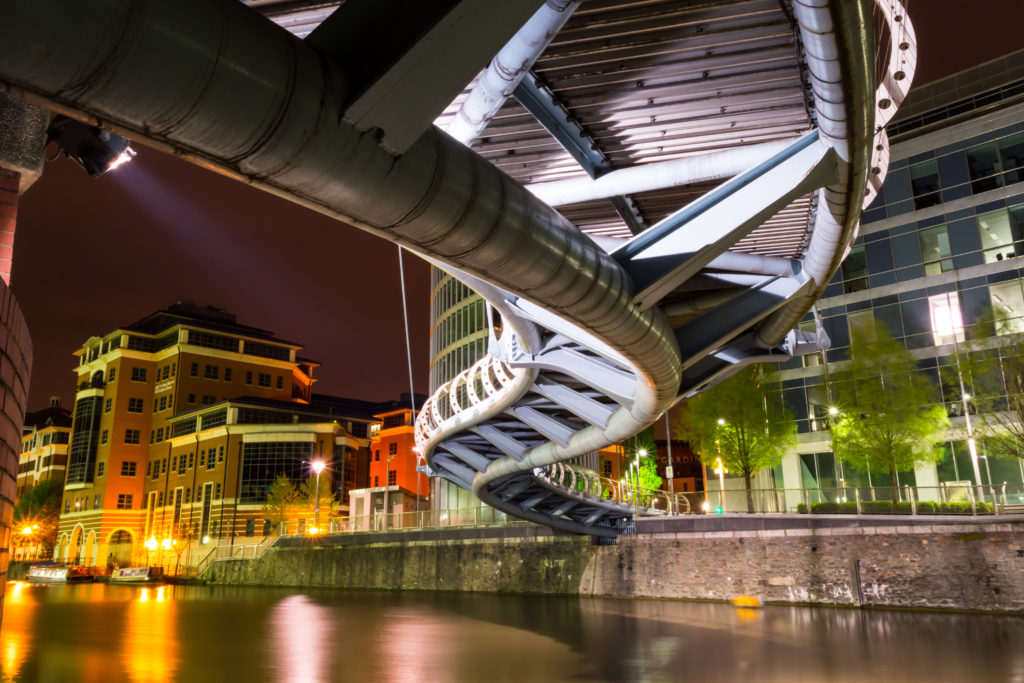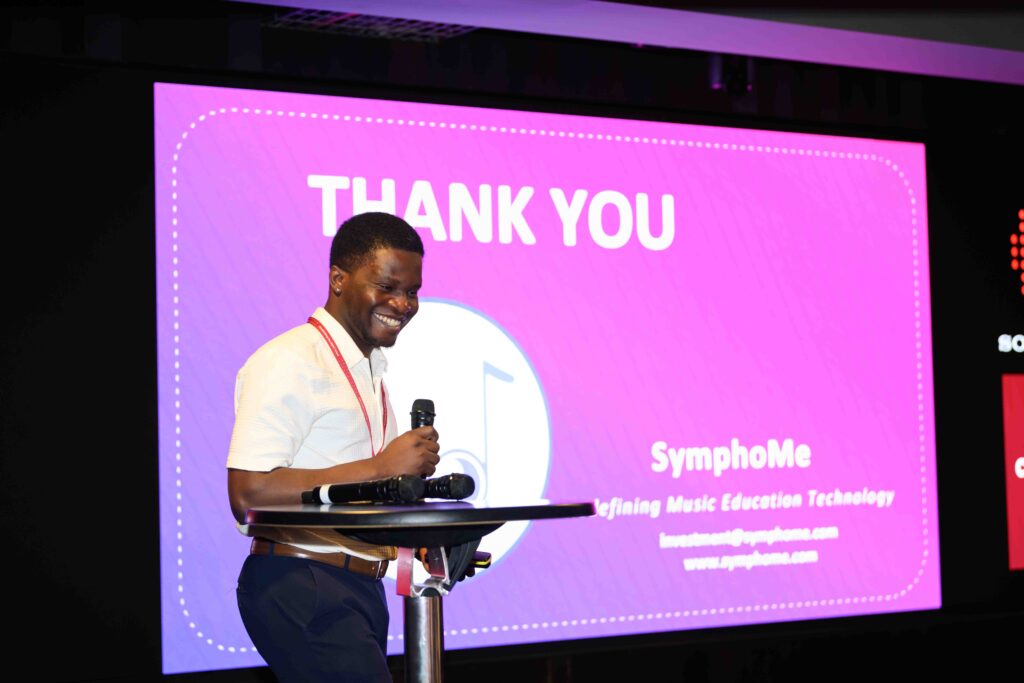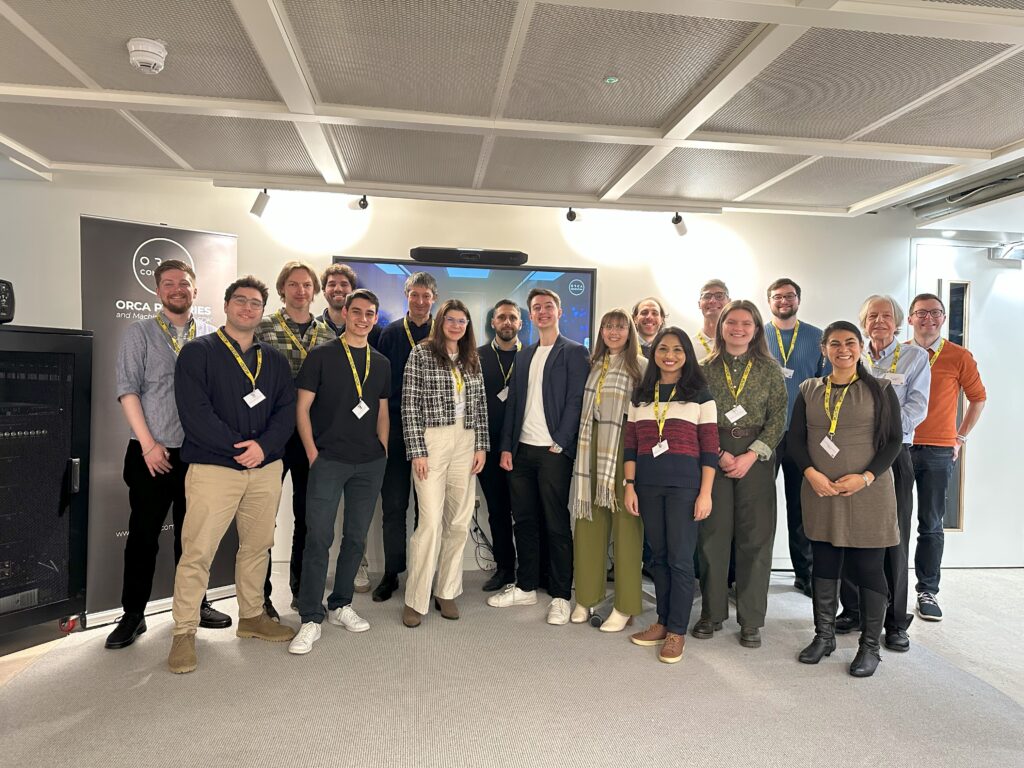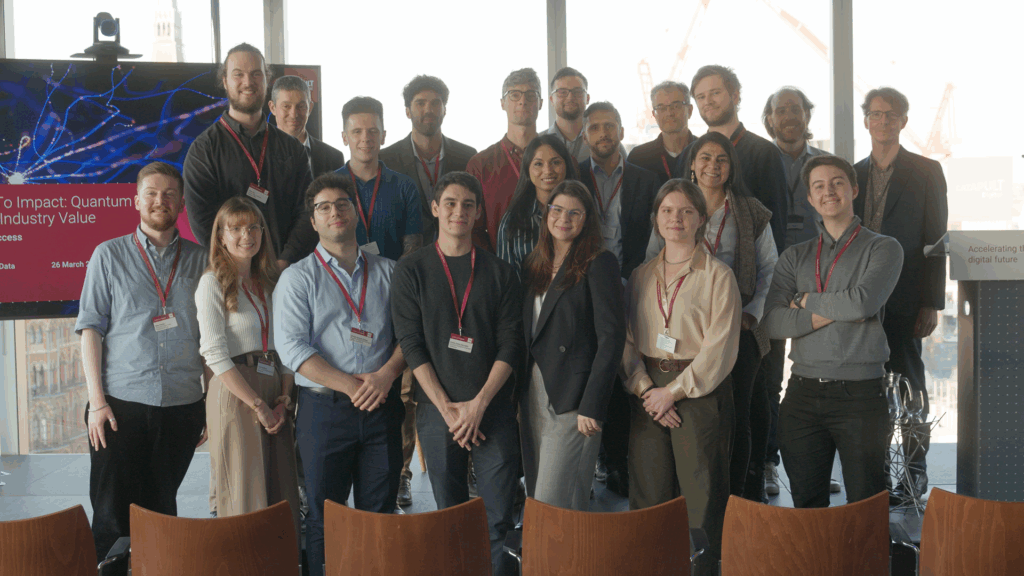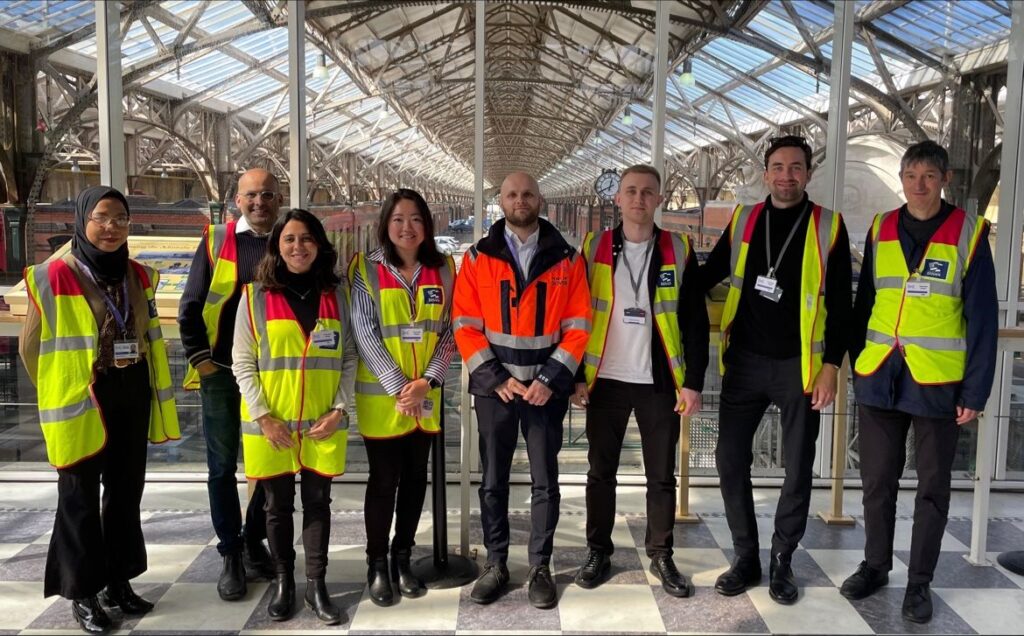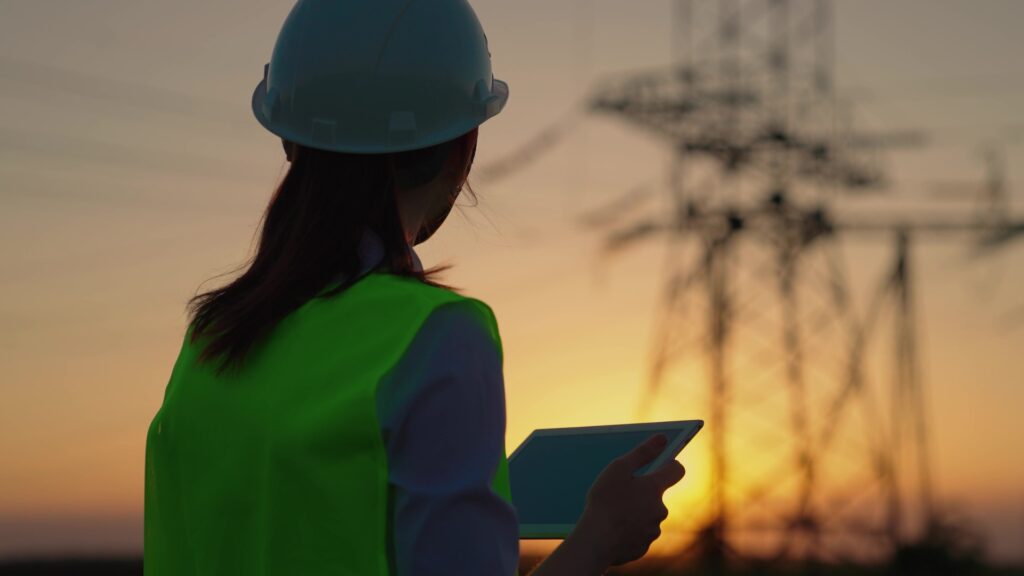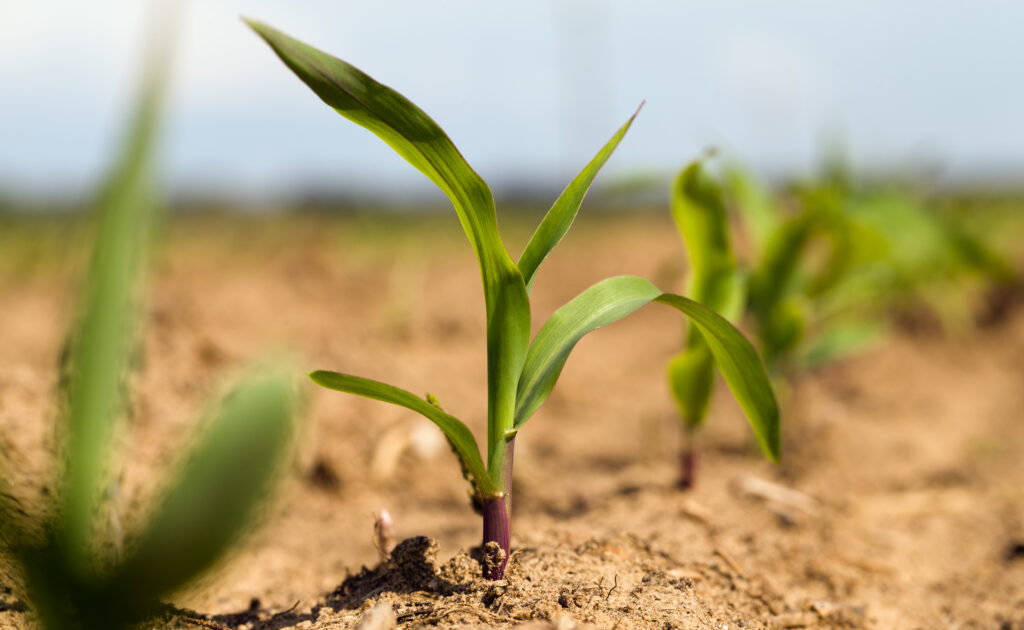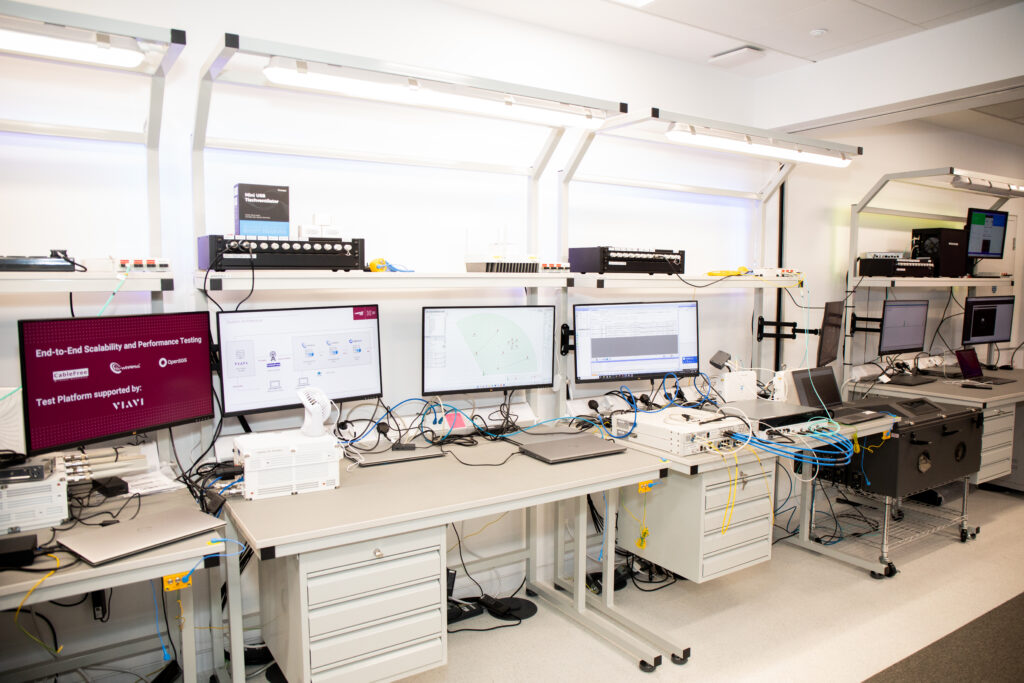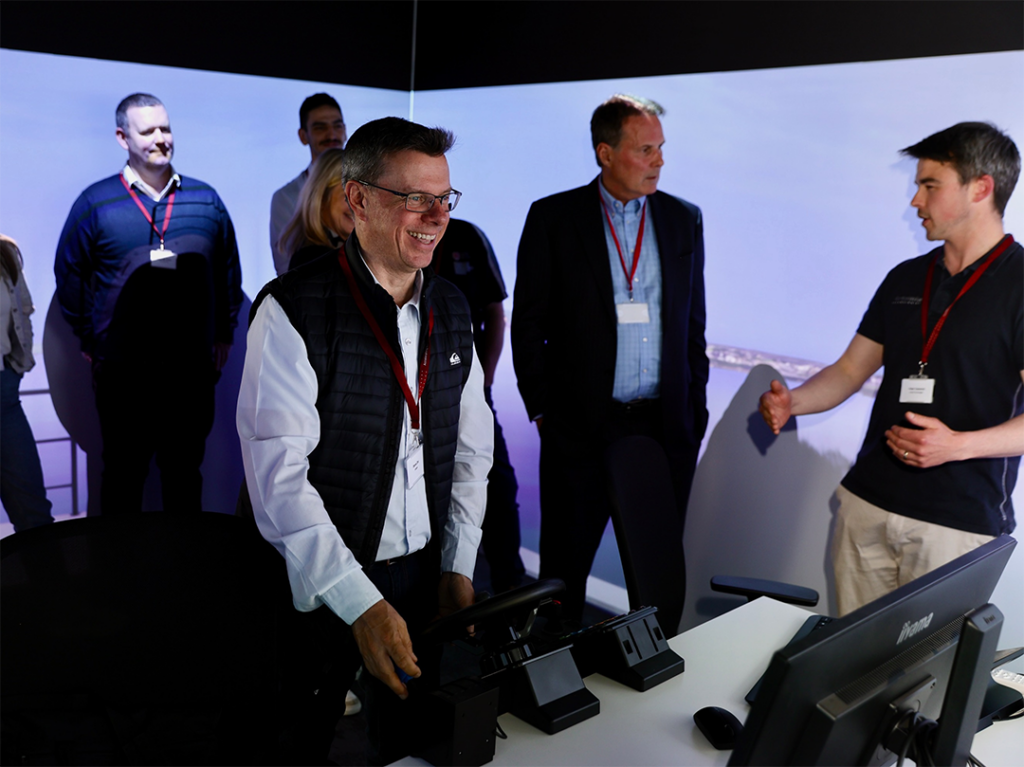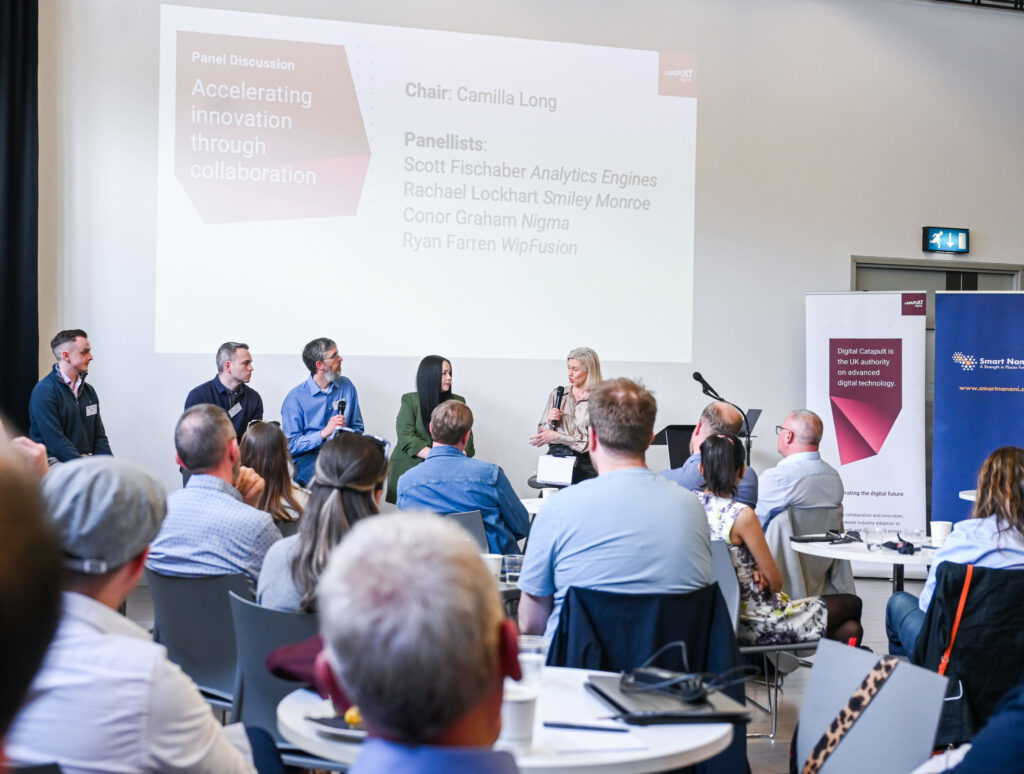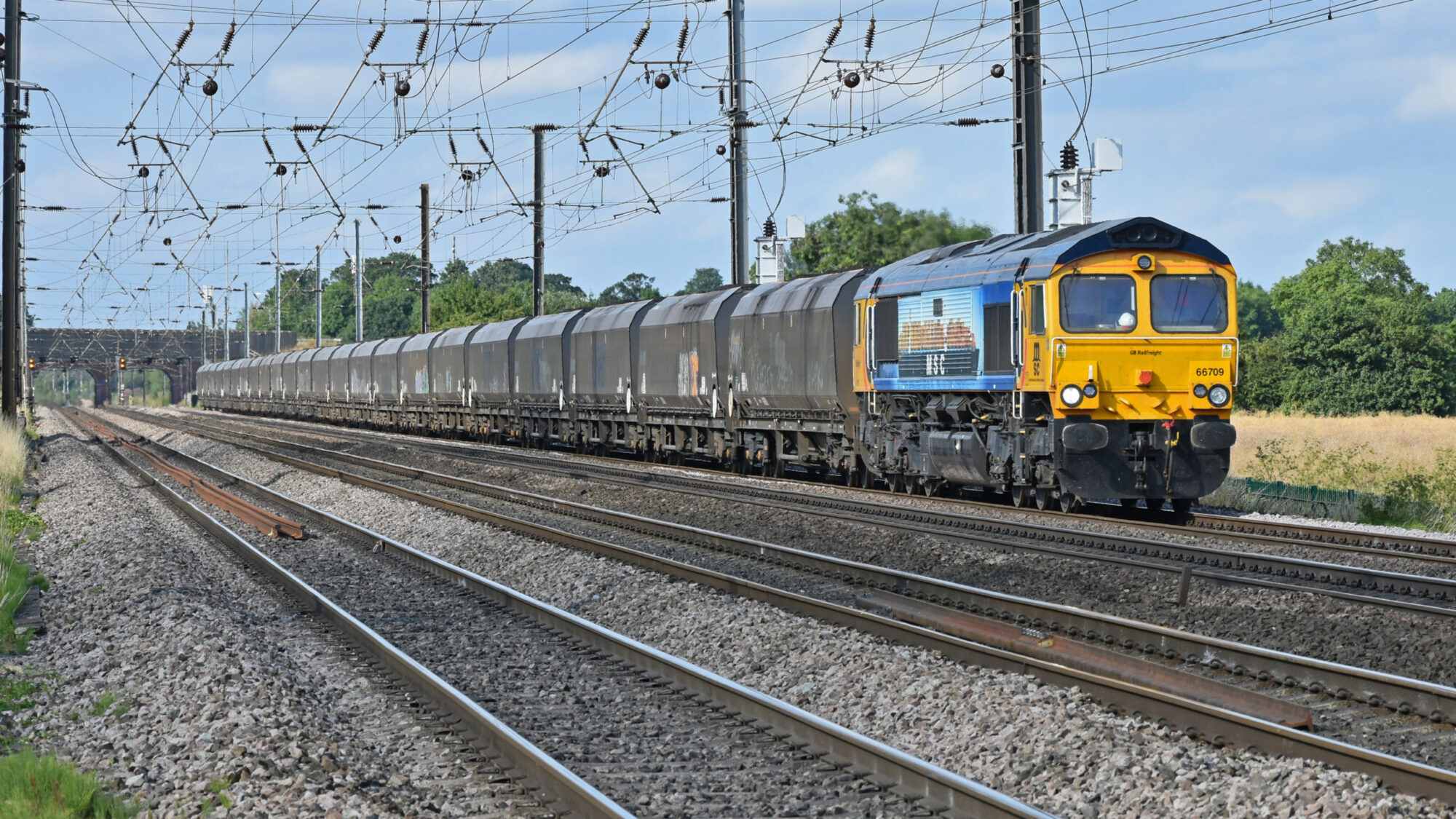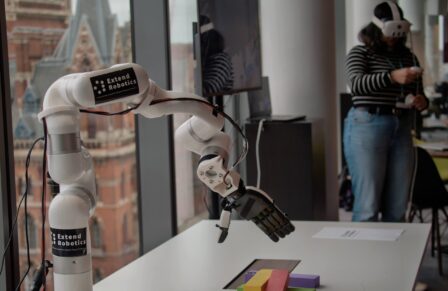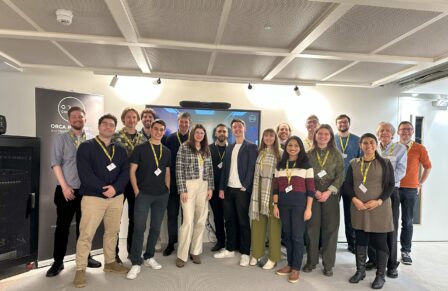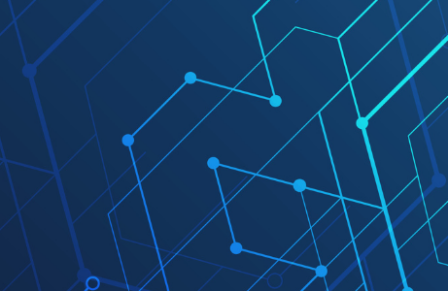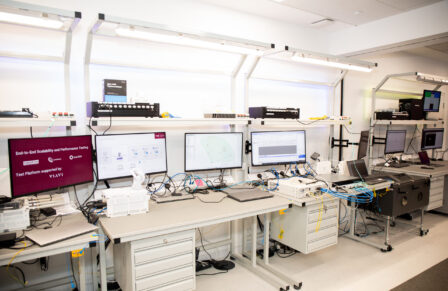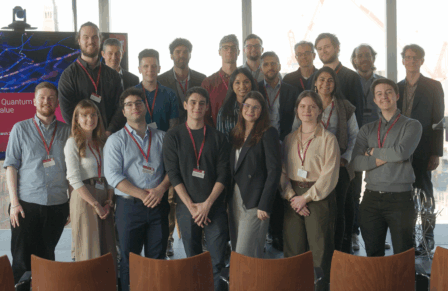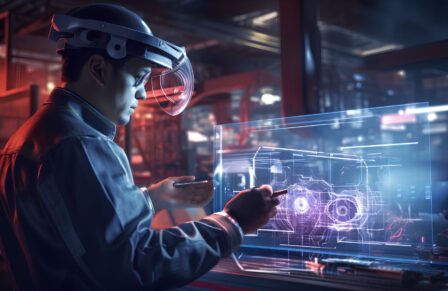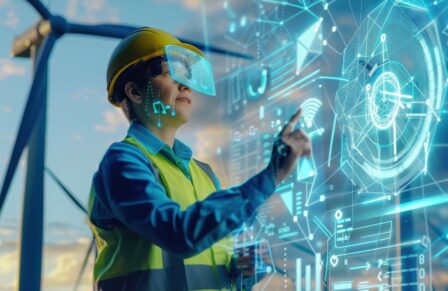In this guest post, Maggie Simpson OBE, Director General of the Rail Freight Group, shares her thoughts on the importance of digitalisation in the rail freight industry.
This year marks the 200th anniversary of the Stockton and Darlington, widely recognised as the world’s first railway. The line was built to move coal from the nearby mines down to the River Tees, and in doing so, powered the industrial revolution and the growth of Teesside. Two hundred years later much has changed, but the fundamentals of railway operation would be recognisable to those early pioneers. Rail freight is a traditional business! So it may have seemed like an odd combination, to bring members of the Rail Freight Group to Digital Catapult. But that is exactly what we did, and the event highlighted just how important it is for different sectors to work together.
Rail freight is not going to achieve its aims, of growth and decarbonisation, if it does not embrace digital technology. And digital technology will only get the uptake it needs if it can appeal to industrial sectors as well as the state of the art companies who have embraced it from the start.
What will it take to do this? One theme that came up time and time again at our event was culture change. Too often, technology is seen as something on the margin, rather than at the core of the business. It is a matter for the Head of Digital, not for the Managing Director, or HR lead. And when there is a business challenge, the first thought isn’t whether there is a digital solution, but a process or resource change, a reorganisation. In the discussion there were some great examples of businesses who have managed to make this shift, responding rapidly with digital solutions during the pandemic for example, and others who acknowledge they are on a journey.
Secondly there is a language barrier. A show of hands around the room highlighted that most people couldn’t comfortably describe what “digital twin” means, let alone AI. I am equally sure that the nuances of railway loading gauge could be lost on the experts at Digital Catapult. This is so easy to fix, but rarely even acknowledged as an issue – after all, who wants to look stupid by admitting they don’t know? Yet the price for this is at a minimum lost engagement and at worst, misplaced products that aren’t really hitting a need. Everyone has a role to play in bridging this gap.
And finally, how do we define the benefits of digitalisation in a way that Boards and investors can recognise? Traditional business cases expect a commercial return, maybe increased profits, new growth, reduced performance penalties and so on. Implementing digital solutions can bring these tangible benefits. but also softer or harder to quantify benefits such as staff engagement and recruitment, image and perception, whole asset life and so on. It can be particularly hard to express how digital enablement can support products in the future which may not have even been thought of yet, but if we don’t have that leap of faith now, we end up stuck with heritage systems and approaches which ‘just about work’. The railways have plenty of examples of these. So industries and innovators may need to work harder to convince the unconvinced, and better articulate the case for investment.
Meanwhile, up on Teesside a green revolution is underway, with hydrogen and wind set to replace coal and iron. The digital transformation of the railways will be essential if we are to serve these new customers and have a long term future. Working with colleagues at Digital Catapult and across the technology sectors is an essential part of that, and of the next 200 years of progress.
A huge thanks to Digital Catapult and to Knorr-Bremse Rail Systems UK for their support of our event.
Find out more about the Rail Freight Group at www.rfg.org.uk and follow on Twitter.
